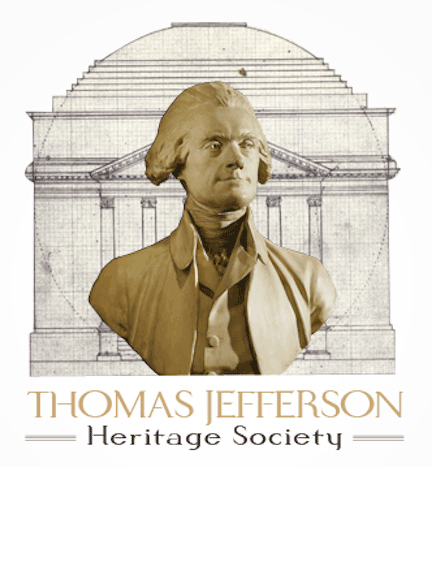The Alien and Sedition Laws
Freedom of the press and the right to political speech are basic to the American system of government. These civil liberties are rooted in the founding of the country.
While France was embroiled in its continuing domestic social and political revolution, England continued to war with France in the Caribbean and along the French coast. America remained neutral, but both England and France preyed upon American ships engaged in overseas trade.
George Washington was concerned that the continued warfare between England and France would lead to insurrection in the United States. There was widespread belief that the French were trying to manipulate the American government. The Jay Treaty in 1795 brought further controversy and mistrust and a year later James Monroe was recalled as minister to France and John Adams was elected president.
Two years later, it became public knowledge that the French had tried to bribe an American diplomatic delegation in the notorious XYZ affair. Elements in Congress believe that French influence had infiltrated Republicans and they were trying to separate America into factions. There was also fear of invasion by France and for several years, a state of “quasiwar” existed.
Congress responded by setting restrictions on aliens and defining seditious conduct. In what came to be called the Alien and Sedition acts, Congress required a residence of fourteen years for nationalization, and gave the president the power to deport aliens. Subversive conspiracies were defined, and written publications against the legislature or the president could be punished. Twenty Republican editors were jailed. The laws were grounded in the belief that opposition to the government and its policies amounted to a division of the people, which would collapse the union.
There was an immediate resistance on the basis that the laws violated the constitutional guarantee of freedom of speech and press. The principle of judicial review was not established and there was no procedure to legally challenge the law. John Breckenridge and George Nicholas led Kentucky in opposition. Their effort was not to violate the law but to draw attention to its unconstitutionality.
Thomas Jefferson had prepared a set of resolves intended for the North Carolina legislature. Jefferson gave them to Breckenridge since he needed a set of resolutions for Kentucky. Jefferson initially intended that the solution would be for the states to declare the alien and sedition acts “void” and that the states would decline to enforce its provisions. At the same time, Jefferson sought the assistance of James Madison in preparing a set of resolutions for Virginia.
Jefferson argued that the powers of the federal government were based on the federal compact that formed the union of the states. Jefferson saw the sedition bill as an effort to silence criticisms of the Federalists and to influence the coming election in 1800. Jefferson’s aim was to establish a legal basis on which the states could nullify an act of Congress. He felt this violation of the constitutional compact was justification to sever from the union.
Madison was less certain that the state legislature of Kentucky could challenge the constitutional power of Congress. At Madison’s urging, Jefferson retreated from his position and the resolutions became a defense of civil liberties.
Kentucky continued to affirm it was not in conflict with the federal government, and that it would follow the rule of law in its opposition to any laws that violated the guarantees of individual liberty. Other resolutions and public rallies added to the protest. The reactions by Kentucky and Virginia unified voters in the northern states and greatly damaged the Federalist party.
Jefferson was elected president in 1800, and within the next 2 years, the alien and sedition laws which did not expire automatically were repealed. Jefferson had written his draft of the Kentucky resolutions while he was Vice President and did not want to be named, nor did Madison claim authorship of the Virginia resolutions. Eventually both were identified, Madison 1809 and Jefferson in 1814.
